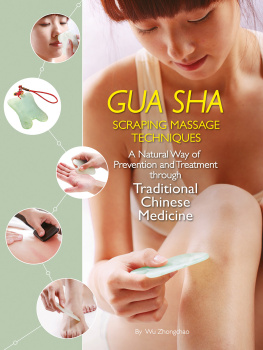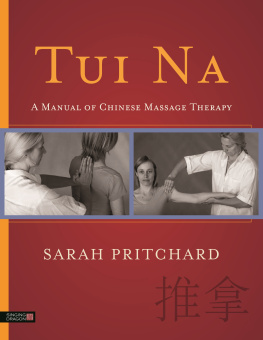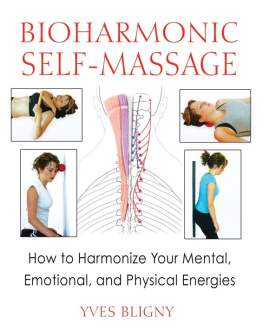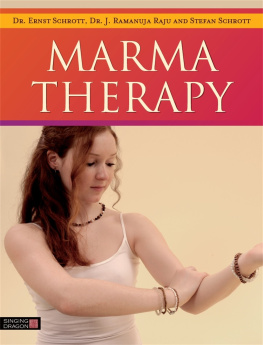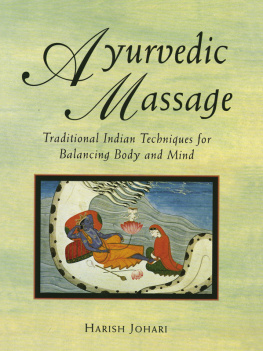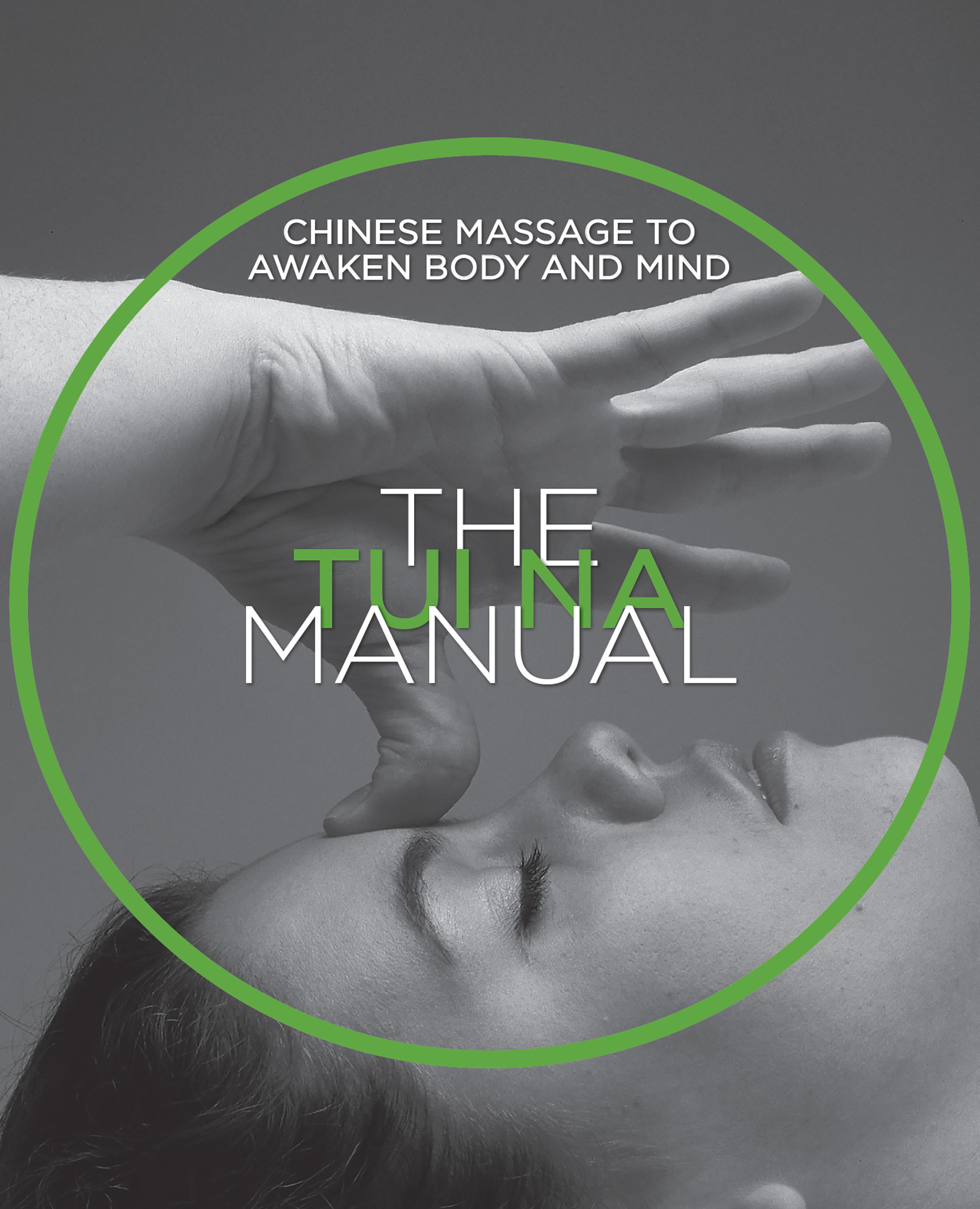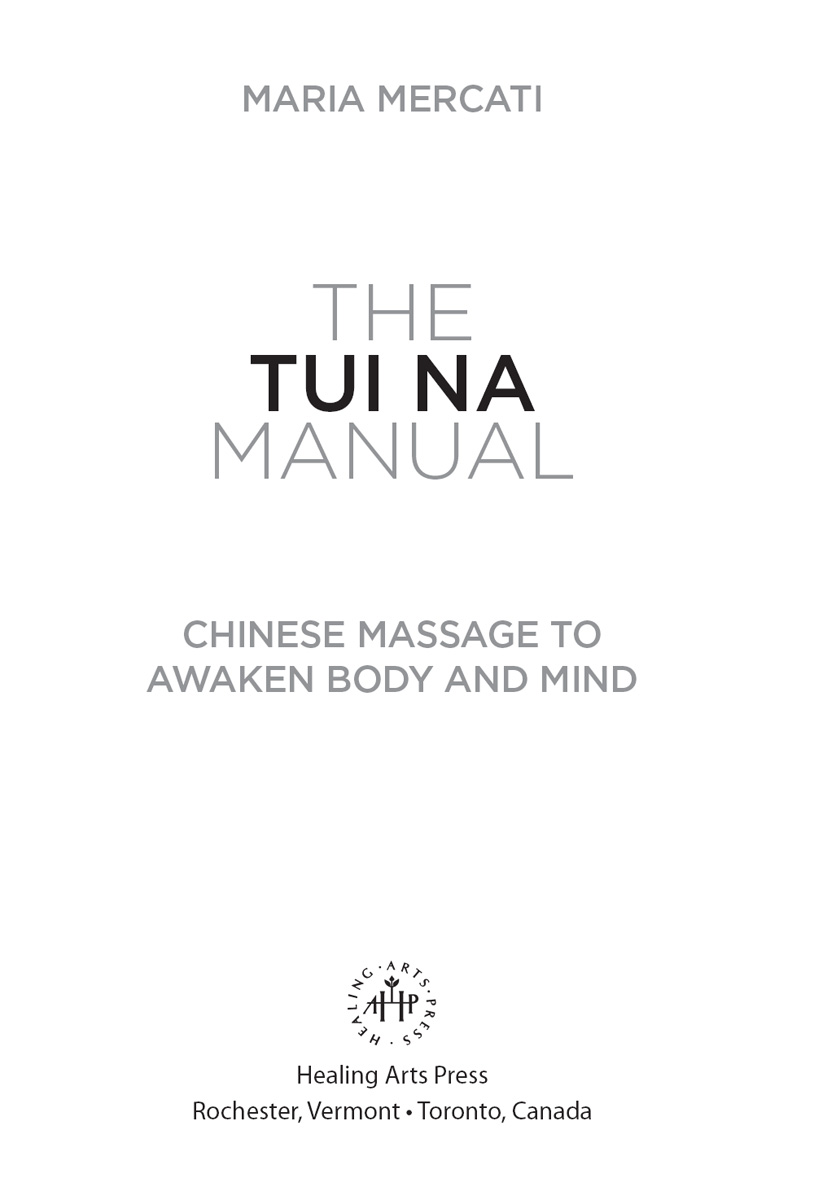Maria Mercati - The Tui Na Manual: Chinese Massage to Awaken Body and Mind
Here you can read online Maria Mercati - The Tui Na Manual: Chinese Massage to Awaken Body and Mind full text of the book (entire story) in english for free. Download pdf and epub, get meaning, cover and reviews about this ebook. year: 2018, publisher: Healing Arts Press, genre: Home and family. Description of the work, (preface) as well as reviews are available. Best literature library LitArk.com created for fans of good reading and offers a wide selection of genres:
Romance novel
Science fiction
Adventure
Detective
Science
History
Home and family
Prose
Art
Politics
Computer
Non-fiction
Religion
Business
Children
Humor
Choose a favorite category and find really read worthwhile books. Enjoy immersion in the world of imagination, feel the emotions of the characters or learn something new for yourself, make an fascinating discovery.

- Book:The Tui Na Manual: Chinese Massage to Awaken Body and Mind
- Author:
- Publisher:Healing Arts Press
- Genre:
- Year:2018
- Rating:3 / 5
- Favourites:Add to favourites
- Your mark:
The Tui Na Manual: Chinese Massage to Awaken Body and Mind: summary, description and annotation
We offer to read an annotation, description, summary or preface (depends on what the author of the book "The Tui Na Manual: Chinese Massage to Awaken Body and Mind" wrote himself). If you haven't found the necessary information about the book — write in the comments, we will try to find it.
Demonstrates each of the 15 unique Tui Na techniques with rich full-color photos and step-by-step instructions
Explains how to use qi-points to treat conditions in close proximity to the points as well as enact healing in tender or injured regions through the use of distant points
Details how to use Tui Na in all ages to release stress, re-energize the body, invigorate the mind, and relieve pain, sciatica, headache, sports injuries, and other common ailments
Tui Na, which means grasp and push, is a Chinese system of therapy that uses massage and bodywork manipulation to relieve pain, release tension, and treat common ailments. Often practiced in conjunction with acupuncture and Chinese herbalism, Tui Na is also used as a treatment to address specific patterns of disharmony and stimulate the overall flow of qi, or vital energy, throughout the body.
The leading authority on Tui Na in the West, with years of study in China, Indonesia, and Thailand, Maria Mercati combines the individual techniques of Tui Na into an easy-to-use method for whole-body health. Providing rich full-color photos with step-by-step instructions, she demonstrates each of the 15 unique Tui Na techniques, showing clearly where to place your hands as well as offering clear diagrams of the meridian energy channels and more than 100 powerful qi-points, where qi energy can be directly affected to restore balance and harmony. She explains how to use the qi-points to treat conditions in close proximity as well as enact healing in tender or injured regions through the use of distant yet connected qi-points. The author details how to use Tui Na treatments to relieve neck, shoulder, and back pain, sciatica, headache, and many other common ailments, treat sports injuries, and improve athletic performance. She also shows how it can release stress, re-energize the body, and invigorate the mind, as well as provide healing massage for adolescents, the elderly, and babies.
Offering a healing method that requires no special equipment and is simple enough to do at home or in a chair at work, this fully illustrated guide provides a hands-on program to help yourself and others find whole-body health.
Maria Mercati: author's other books
Who wrote The Tui Na Manual: Chinese Massage to Awaken Body and Mind? Find out the surname, the name of the author of the book and a list of all author's works by series.

